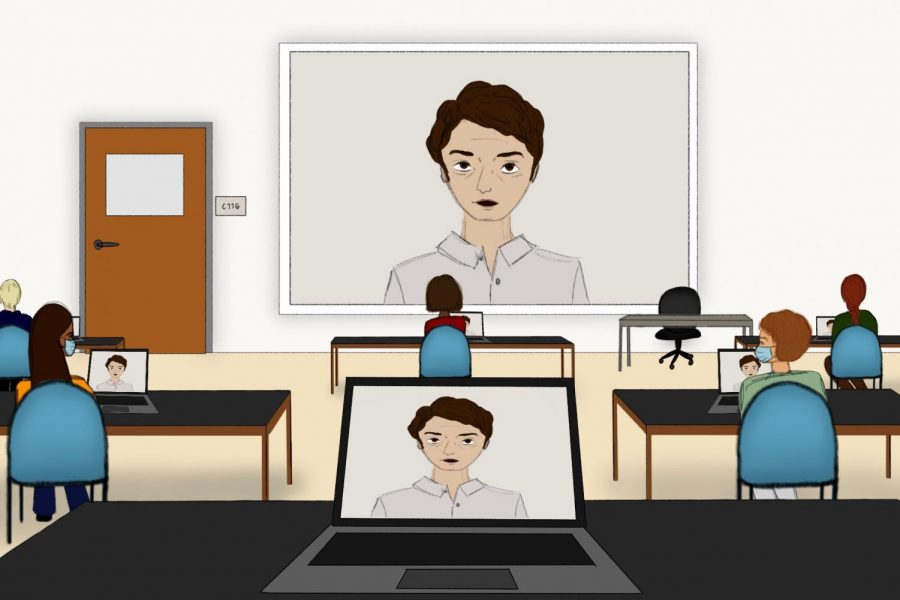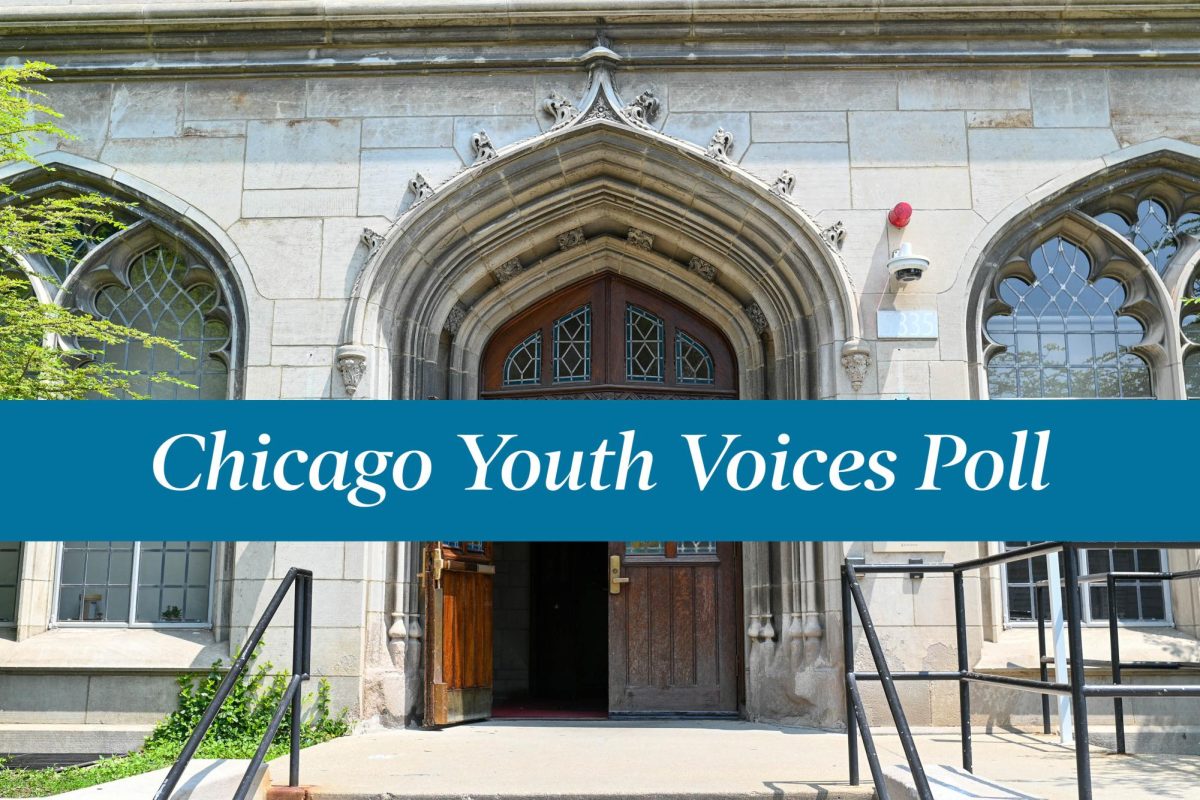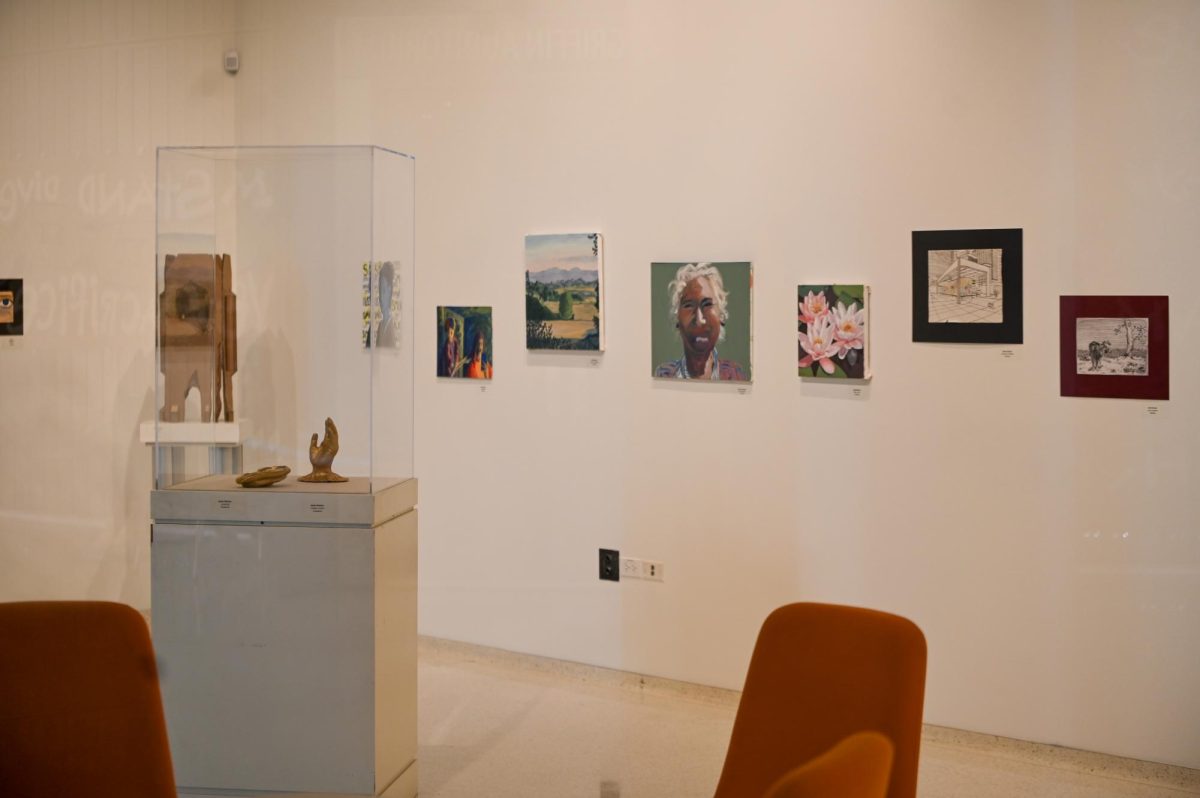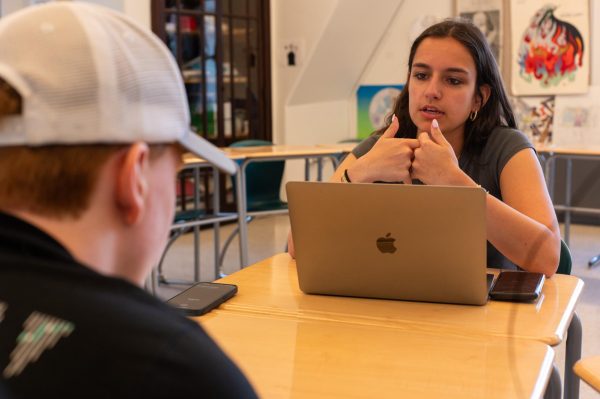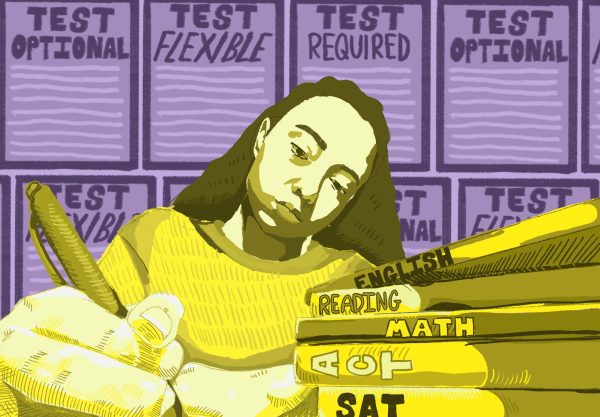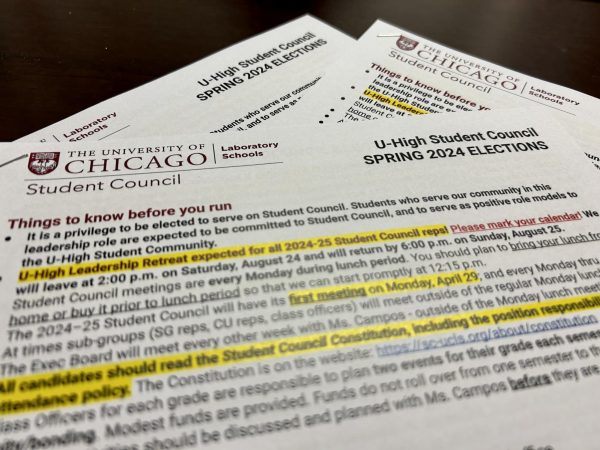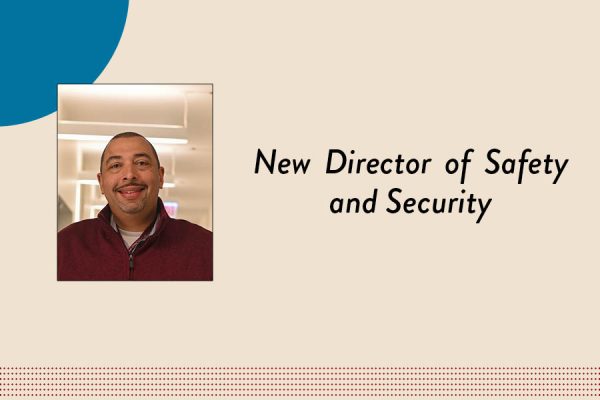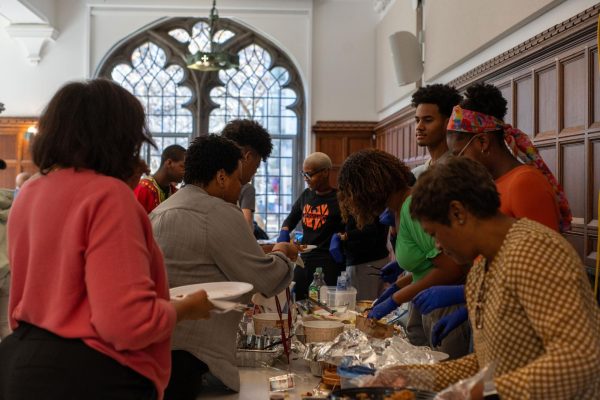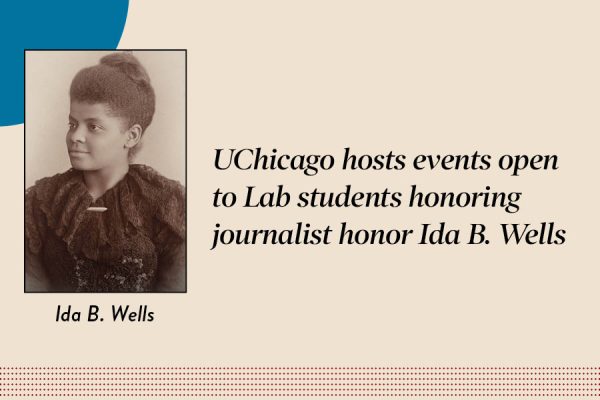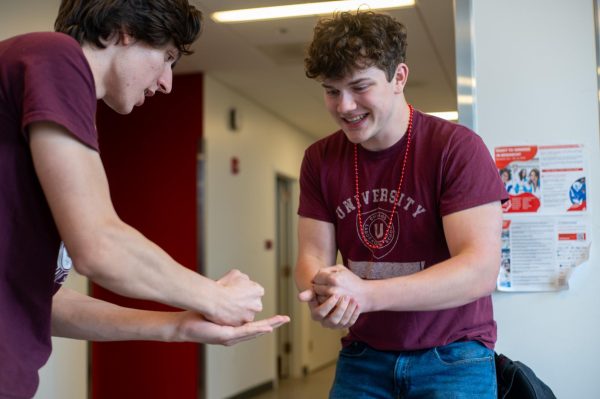Teachers plan logistics of in-person learning
Some teachers are working through the process of setting up their classrooms and helping students transition to hybrid by lightening the workload.
March 7, 2021
As the beginning of hybrid learning approaches, teachers are anticipating and preparing for challenges they may face when accommodating both in-person and remote students in the classroom — and in some cases several classrooms in a day.
Art teacher Brian Wildeman said that while he’s excited for his students to have access to the art materials at school, he will have to adjust to the challenges of using and preparing three different classrooms for his students to use.
Because rooms will be utilized frequently, teachers may have less time to set up their rooms before the start of each class.
“How do you prepare if there’s classes in all the rooms all the time?” Mr. Wildeman asked.
Another teacher who will be teaching in three different rooms is history teacher Paul Horton, who said he will have to set up his technology to teach remotely in each room.
The Information Systems department is training teachers on how to use the new technology the school is providing them. According to Mr. Horton, technology integration specialist Eric Scmidt has been meeting with teachers to walk them through the new technology they’re to use.
“I personally will probably start out with my computer but then I’ll gradually, as I become more comfortable with the gadgets, make my way into the gadget thing,” Mr. Horton said about how he plans to gradually incorporate the new technology into his lessons.
Both Mr. Wildeman and Mr. Horton are planning to lighten their students’ workloads as they transition into hybrid learning.
“It’s important that we all accept that the change might not be easy,” Mr. Wildeman said. “Many teachers have gotten a little bit used to slowing down, to lowering expectations a little bit in response to our situation, and I think that we’re going to require more of the same coming back into the classroom.”
Mr. Horton said he has been continually checking in with his students about the workload he assigns and he plans to keep his students’ well-being in mind during the transition.
“If anything, what I will do is I’ll decrease the workload because I know students will be very anxious for at least a week or two, and then I’ll go from there,” Mr. Horton said.



